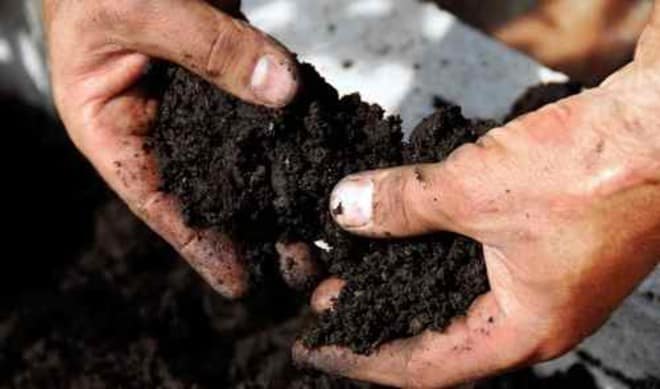According to the U.S. Agency for International Development (USAID), nearly 15 percent of Haitians are classified as “severely food insecure” and an estimated 30 percent of children are malnourished. Sustainable Organic Integrated Livelihoods (SOIL), which uses innovative composting methods in Haiti to increase soil fertility, indicates that Haiti “only produces half of the food needed to feed the population.” However, agriculture in Haiti has not always been so rife with problems. In a 2012 New York Times op-ed piece, “Haiti Can Be Rich Again,” authors Laurent Dubois and Deborah Jenson remind readers that, “for most of the 19th century, Haiti was a site of agricultural innovation, productivity and economic success.”
But according to SOIL “…decades of poor land management and poverty have left Haiti’s environment deforested and depleted of essential nutrients.” In Agroforestry and Sustainable Resource Conservation in Haiti: A Case Study, author Nathan C. McClintock quotes the USAID approximation that “one third of all land in Haiti is severely degraded” and explains that a growing urban population depends on rural farmers to supply food and firewood, despite a lack of infrastructure and the inability for Haitian farms to keep up with demand.
Additionally, a number of international trade agreements have devastated Haitian agriculture. Sarah Leavitt, outreach manager for Lambi Fund of Haiti, wrote in an article for the Institute for Agriculture and Trade Policy, “the Clinton Administration negotiated an agreement with the Haitian government that dramatically cut tariffs on imported U.S. rice, which became cheaper than Haitian rice. As a consequence, the floor dropped out from beneath Haitian rice growers.” As of September 2013, the World Trade Organization listed agricultural products as 21.8 percent of Haiti’s total imports and only 3.6 percent of their exports.
A combination of environmental degradation, politics, and natural disasters has crippled Haiti’s agricultural production and, in turn, left wide spread food insecurity. Organizations like SOIL, which work to increase the health of Haiti’s soil and other natural resources, may be the key to feeding Haiti’s population.













